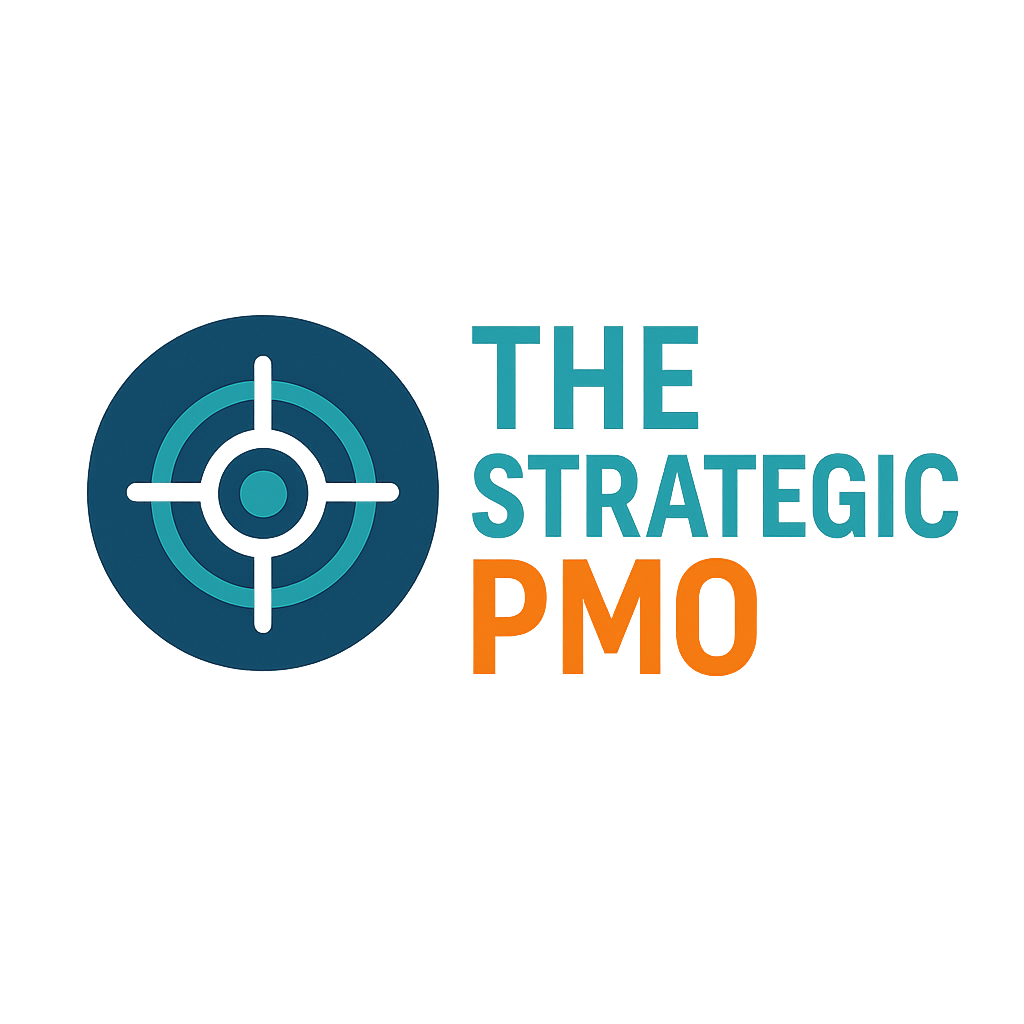Is the PMO Outdated? Why It’s More Strategic Than Ever
The PMO isn’t outdated — it’s evolving into the backbone of strategic execution. Here’s why modern organizations still need a PMO, even in an agile world.

The PMO has been declared dead more times than we can count — yet every few years, organizations quietly rebuild it under a new name, promising tighter alignment and more predictable delivery. Whether it’s called a “Transformation Office,” “Delivery Center,” or “Strategic Execution Team,” the purpose never really changes: to bring structure, consistency, and visibility to how work gets done.
The Misconception: PMOs as Bureaucracy
Let’s be honest — the PMO earned its reputation. For years, many were built around process enforcement rather than value delivery. Endless templates. Checklists for the sake of checklists. Steering committees that slowed things down instead of clearing the path.
Then came Agile, and the pendulum swung hard the other way. Teams wanted speed, autonomy, and flexibility — and they weren’t wrong. But when every team operates independently without alignment or governance, priorities drift, resources get spread thin, and strategy execution suffers.
That’s when leadership starts asking, “Who’s looking across all of this?”
And that’s when the PMO re-enters the picture — usually under a new name but serving the same essential purpose: alignment, visibility, and accountability.
The Evolution: From Oversight to Enablement
Modern PMOs don’t exist to control projects; they exist to enable delivery.
The role has shifted from project police to strategic enabler. The best PMOs today focus less on enforcing templates and more on establishing rhythms that drive consistent execution.
Here’s what that looks like in practice:
- Translating strategic objectives into executable portfolios and measurable outcomes.
- Creating operating mechanisms — quarterly planning, delivery reviews, portfolio health sessions — that keep leadership connected to reality.
- Coaching delivery teams on frameworks that fit their context (Agile, hybrid, Lean, or waterfall).
- Leveraging data to inform decisions instead of opinions — dashboards, risk heatmaps, and portfolio insights that cut through noise.
When done right, the PMO becomes the connective tissue between strategy and execution.
The Modern Mandate: Align, Measure, Adapt
Today’s PMOs aren’t about command and control. They’re about alignment, measurement, and adaptability.
- Alignment — ensuring every initiative ladders up to a defined business outcome.
- Measurement — tracking meaningful metrics that go beyond “on time and on budget.”
- Adaptability — responding quickly to changing priorities without losing focus on strategic intent.
That shift requires a mindset change:
Governance becomes lightweight. Templates become tools, not hoops. Meetings become working sessions that drive action.
In short, the modern PMO speaks the language of the business, not just the language of projects.
Real-World Perspective
In tech organizations I’ve worked with — from large enterprises to scaling startups — the PMO rarely carries that exact name anymore. But the function always exists.
Sometimes it’s embedded in a Transformation Office focused on outcomes.
Sometimes it’s a Portfolio Operations group managing investment flow and delivery health. Sometimes it’s just a handful of senior program managers who know how to bridge strategy and execution.
The labels don’t matter. The value does.
When executives have real-time visibility into delivery health, when risks are surfaced early, and when teams have clear priorities — that’s PMO work, whether or not the title appears on the org chart.
The Future: The Strategic PMO
The PMO isn’t dying. It’s evolving into something far more valuable — the Strategic PMO.
This next-generation model doesn’t just manage schedules and budgets; it manages strategy execution at scale. It connects long-term vision to quarterly delivery. It uses data to predict outcomes instead of simply reporting history.
A few traits define the Strategic PMO:
- Predictive insights: Using data to anticipate delivery risks and bottlenecks.
- Outcome orientation: Measuring value creation, not just activity completion.
- Partnership mindset: Acting as an enabler, coach, and advisor — not an auditor.
- Tool and AI fluency: Leveraging technology to automate, forecast, and visualize delivery performance.
The Strategic PMO sits at the intersection of business, operations, and delivery — exactly where modern organizations need clarity most.
Closing Thoughts
The PMO isn’t outdated. It’s simply misunderstood.
Organizations that cling to old-school, template-driven models will fade into irrelevance. But those that evolve — that embrace agility, data, and strategic alignment — will outperform their peers.
If anything, the PMO has never been more critical. It’s not about governance for governance’s sake; it’s about ensuring that strategy turns into tangible results.
That’s the mission of The Strategic PMO.
